Information Technology Research Methods Report: Security Analysis
VerifiedAdded on 2022/09/15
|6
|731
|18
Report
AI Summary
This report delves into information technology research methods, specifically focusing on the critical aspects of information security. It examines the impact of end-user behavior on security effectiveness, highlighting that technology alone is insufficient without a trained and aware workforce. The report analyzes various research papers, including studies on mobile device security, the Security Behavior Intentions Scale (SeBIS), and the influence of security awareness on user behavior. It explores the risks associated with mobile device loss and theft, emphasizing the need for countermeasures. Furthermore, the report references studies utilizing motivation theory and health belief models to understand and influence user security practices. The overall conclusion emphasizes the importance of understanding human perception of threats and controls to induce responsible security behaviors, particularly in the context of the internet and mobile devices, where data breaches are prevalent. The report aims to provide insights into how organizations can enhance their information security by addressing both technological and human factors.
1 out of 6
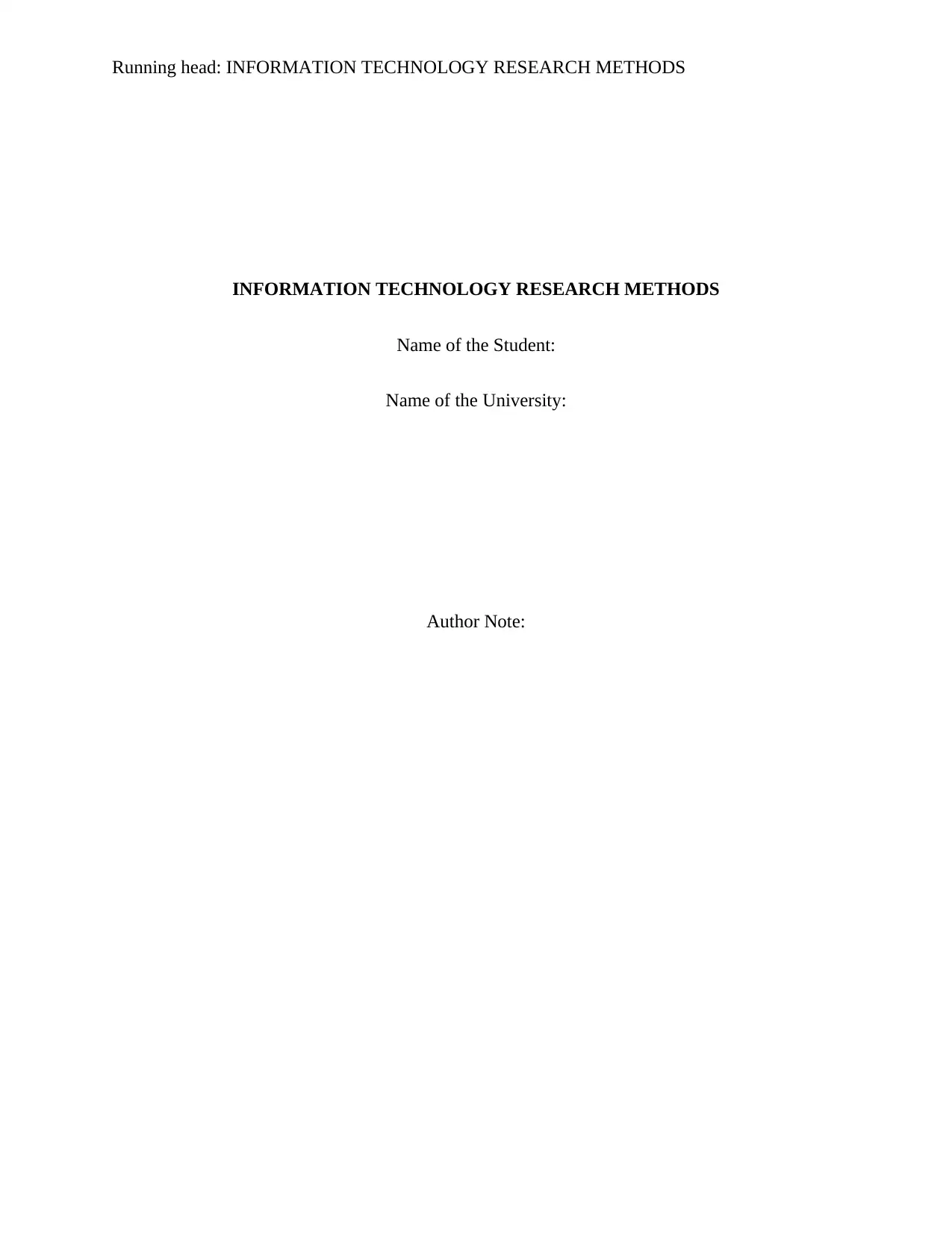
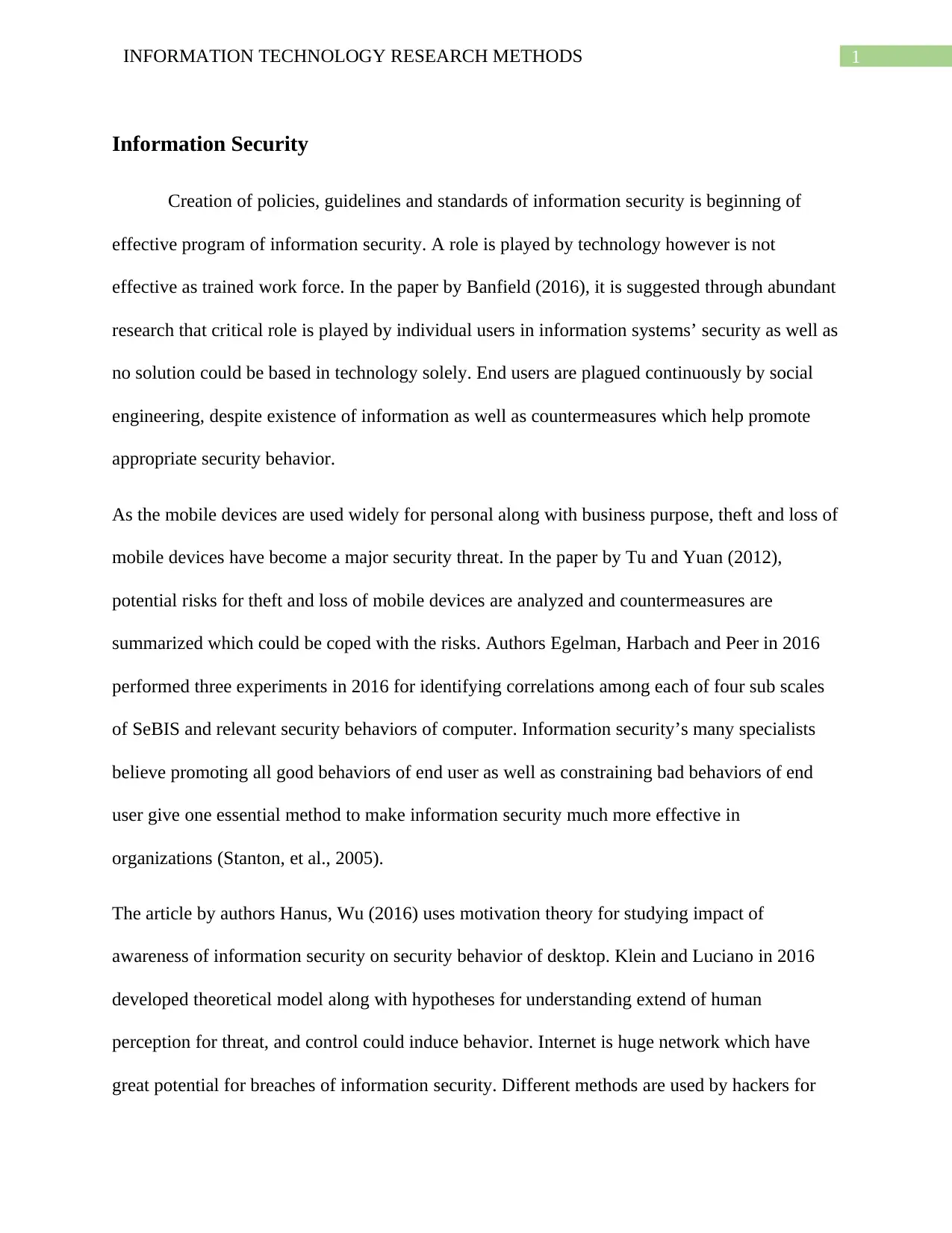
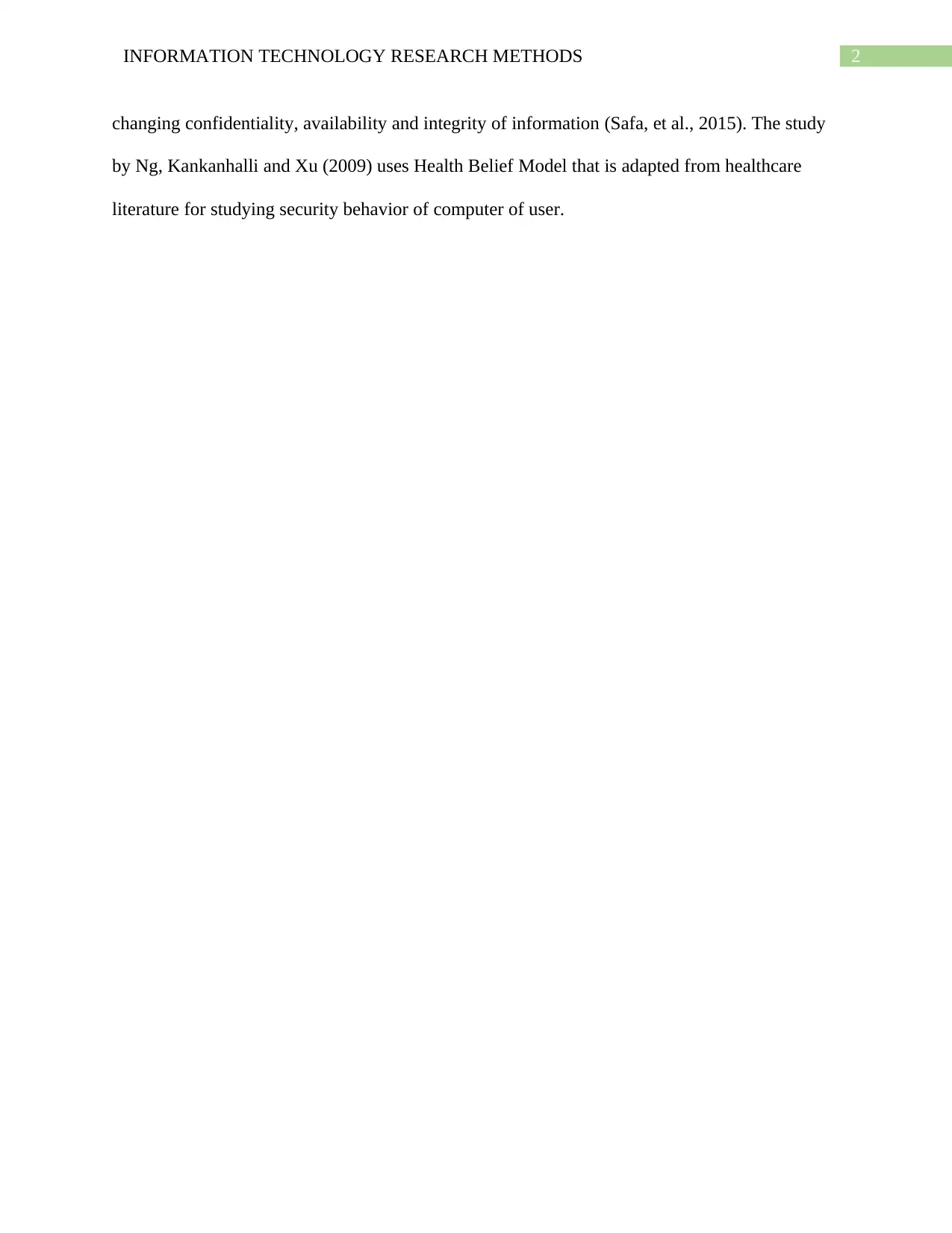

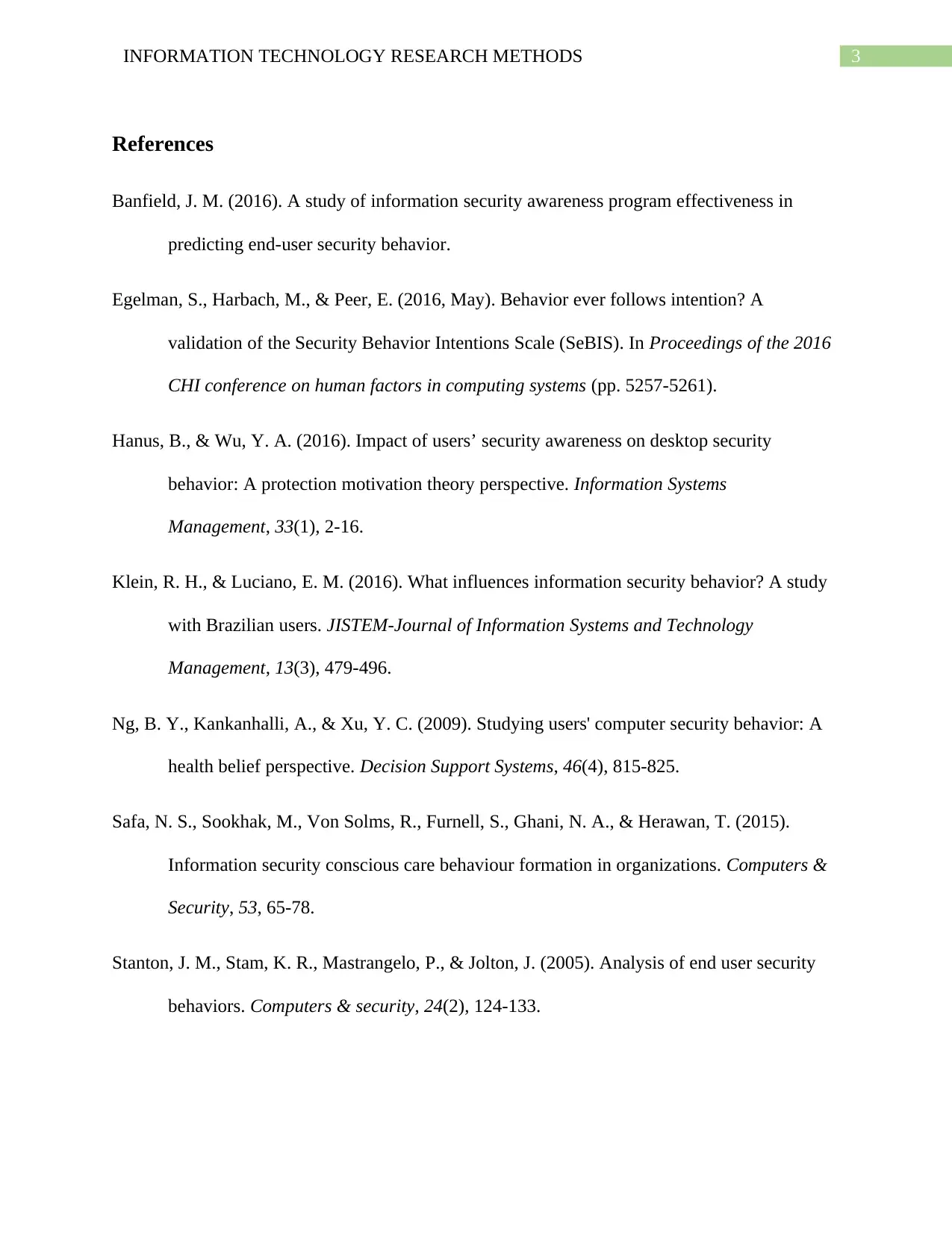
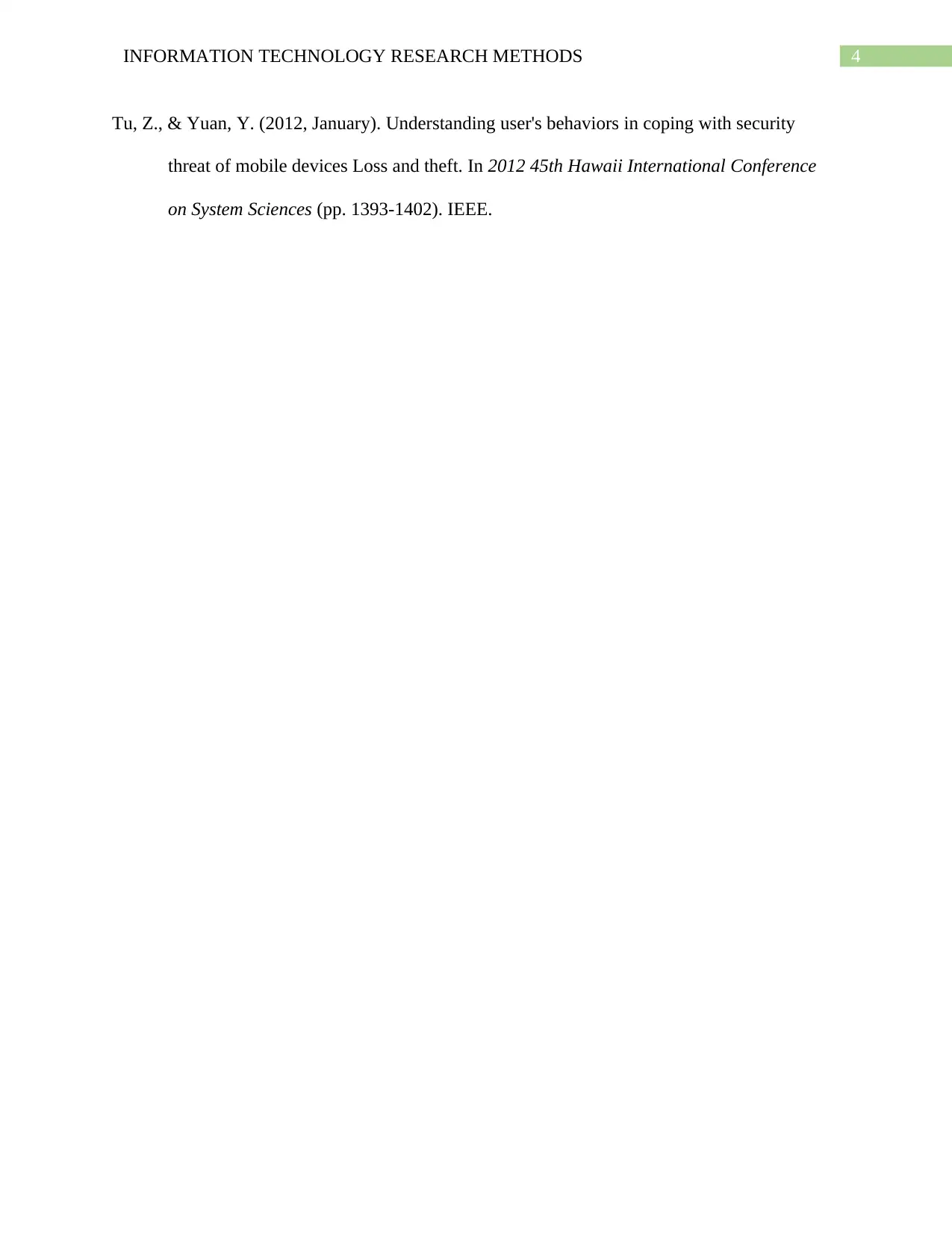

![[object Object]](/_next/static/media/star-bottom.7253800d.svg)